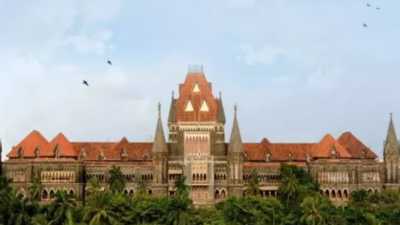ARTICLE AD BOX

MUMBAI: The Bombay High Court, hearing the constitutional challenge to the Maharashtra govt’s SEBC Act of 2024 that gives a 10 percent quota to Marathas in education and public employment, orally sought clarity on the impact of the State’s recent decision on implementing the Hyderabad Gazetteer to help Marathas in the Marathwada region to claim their Kunbi status.
The query was to understand the GR and any interplay or co-existence with the Maratha reservation under the Socially and Educationally Backward Class (SEBC) Act, 2024.Advocate General Birendra Saraf said that the GR and the SEBC reservation for Marathas operate in different spheres. In certain regions, particularly Marathwada, the Marathas claim that they, in fact, belong to the Kunbi community, and the GR facilitates tracing their origins to the Kunbis for the grant of caste certificates.
The recent GR does not affect the SEBC reservation granted to the Marathas, he added.
Following orders of the Supreme Court, a special full bench of Justices RV Ghuge, NJ Jamadar, and SV Marne was hearing a group of petitions, including PIL challenging the validity of the SEBC Act of 2024 for the Maratha community, which comprises almost one-third of the State’s population. The GR issued on September 2 facilitates the grant of Kunbi certificates to Marathas in the Marathwada region.
“When Maratha reservation was granted, was it a combination of Maratha and Kunbi…” the bench orally asked at the hearing to understand all aspects of the issue before it.Senior Counsel Pradeep Sancheti, arguing for the petitioner who has challenged the SEBC Act, submitted that the CM, as quoted by the media, has said the GR is only for the Kunbis who can produce a certificate. The GR would assist people from the Marathwada region to trace their origins to being Kunbis to enable them to avail of the OBC quota.
There are two new Public Interest Litigations (PIL) challenging the new GR brought in following the Maratha quota actvist Manoj Jarange led protest. Sancheti, in detailed arguments on Saturday, articulated on the aspect of education and questioned the findings of the Justices Sunil Shukre Commission report, which recommended a Maratha quota for the non-creamy layer, and said the report has to be taken with some circumspection.
He cited data from the report to submit that 74 percent of students in schools and graduate courses were Marathas and questioned the report’s findings of the community having “minuscule numbers in education.
” Sancheti said the sample size was over 55 lakh, of which almost 40,000 or 71 percent of the sample belonged to Maratha households and 29 percent to open category households.“If reservations cross 50 percent, there will be no turning back,” said Sancheti, who will now continue to argue on October 4, when the HC will hear the matter next.



.png)
.png)
.png)
















 1 hour ago
4
1 hour ago
4









 English (US) ·
English (US) ·